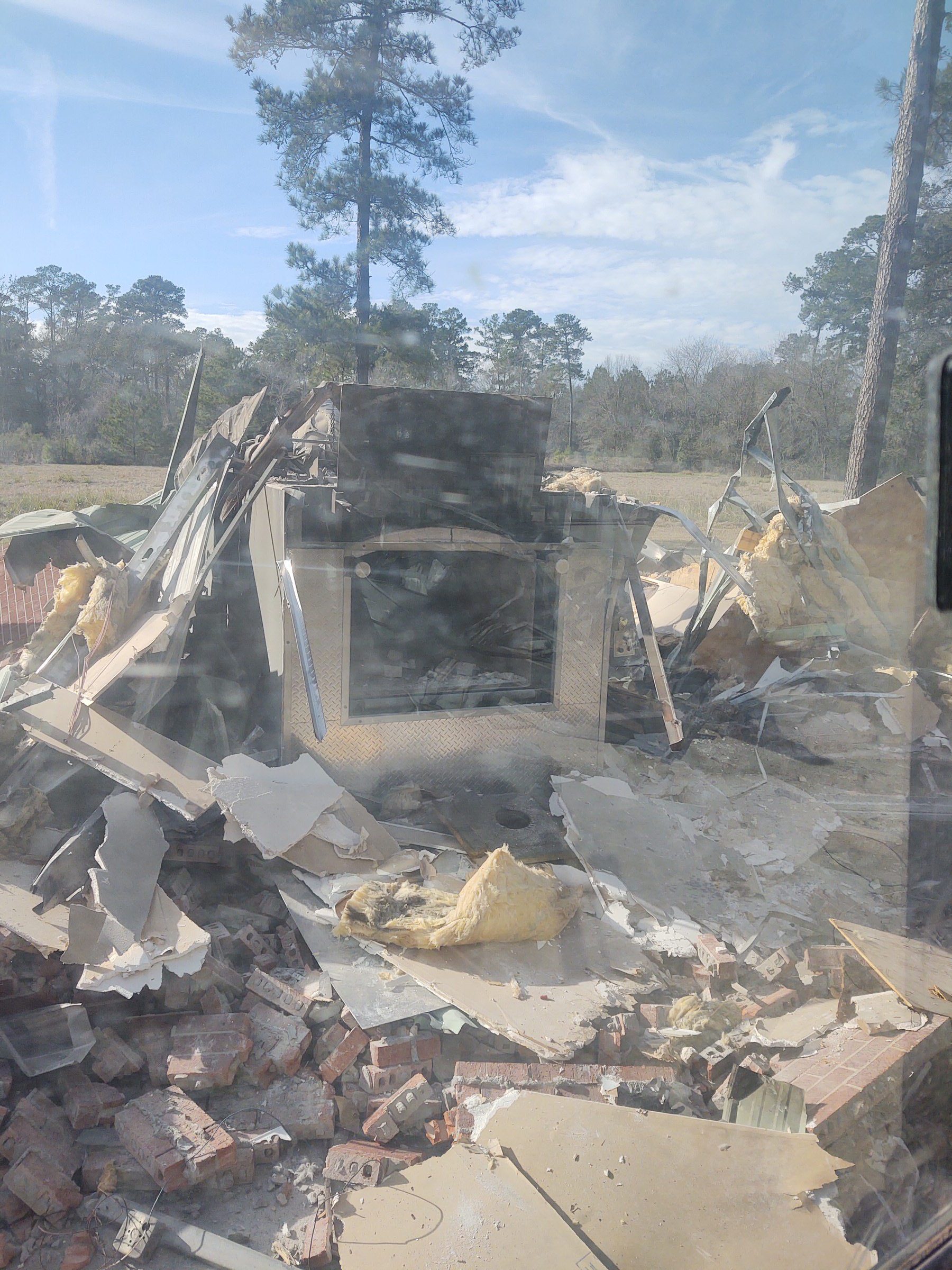
Sewage Sludge Transformed into Activated Carbon: A Sustainable Solution
Introduction
Sewage sludge is the solid waste resulting from wastewater treatment. In Spain alone, 1.2 million tons of sewage sludge were produced in 2021, posing a growing management problem. While some of it can be used as agricultural fertilizer after composting, its high metal concentration limits its applications and leads to environmental issues.
The Sustainable Development Goals (SDGs)
- SDG 6: Clean Water and Sanitation
- SDG 12: Responsible Consumption and Production
- SDG 13: Climate Action
- SDG 15: Life on Land
The Study: Transforming Sewage Sludge into Activated Carbon
A recent study conducted by the University of Cordoba (UCO) has successfully transformed sewage sludge into activated carbon, a valuable product with significant industrial interest. Activated carbon, known for its high porosity, has a remarkable capacity to adsorb molecules on its surface, making it ideal for decontamination processes like water purification and gas treatment.
The project was a collaboration between the Inorganic Chemistry and Waste Bioengineering and Green Engineering groups at UCO. While sewage sludge has been previously converted into activated carbon, this study demonstrates the possibility of obtaining the material under more favorable and sustainable conditions, resulting in a high-quality product.
Compared to previous works, this study achieved sludge transformation at a lower temperature, reducing energy costs. Additionally, the amount of activating agent, which accelerates the thermochemical reaction, was minimized. These improvements make the waste recovery procedure more efficient and environmentally friendly.
The Transformation Process
- Drying Stage: The sludge is first dried.
- Mixing Stage: The dried waste is mixed with the activating agent.
- Pyrolysis Stage: The compound undergoes a pyrolysis process, heating it to high temperatures in the absence of oxygen, which carbonizes the residue.
- Treatment Stage: The carbonized residue is treated to purify and remove certain minerals.
From a practical perspective, it is crucial to propose solutions that can be implemented on an industrial scale. The proposed procedure is simple and utilizes existing technologies available in the market.
Future Applications
The current focus of the research is to verify the quality of the activated carbon obtained from sewage sludge. The next step for the research team is to develop suitable applications for this material.
By transforming sewage sludge into activated carbon, this study contributes to achieving several Sustainable Development Goals, including SDG 6 (Clean Water and Sanitation), SDG 12 (Responsible Consumption and Production), SDG 13 (Climate Action), and SDG 15 (Life on Land).
For more information, please visit the original article here.
SDGs, Targets, and Indicators
1. Which SDGs are addressed or connected to the issues highlighted in the article?
- SDG 6: Clean Water and Sanitation
- SDG 9: Industry, Innovation, and Infrastructure
- SDG 12: Responsible Consumption and Production
- SDG 13: Climate Action
The article discusses the issue of sewage sludge management, which is connected to several SDGs. SDG 6 focuses on clean water and sanitation, which is relevant as sewage sludge is a byproduct of wastewater treatment. SDG 9 highlights the importance of innovation and infrastructure, which is relevant as the study transforms sewage sludge into activated carbon, a product of great industrial interest. SDG 12 emphasizes responsible consumption and production, which is relevant as the study aims to find a sustainable solution for sewage sludge management. Finally, SDG 13 addresses climate action, which is relevant as the study reduces energy costs and utilizes existing technologies to transform sewage sludge.
2. What specific targets under those SDGs can be identified based on the article’s content?
- Target 6.3: Improve water quality by reducing pollution, eliminating dumping, and minimizing release of hazardous chemicals and materials.
- Target 9.4: Upgrade infrastructure and retrofit industries to make them sustainable, with increased resource-use efficiency and greater adoption of clean and environmentally sound technologies.
- Target 12.4: By 2020, achieve the environmentally sound management of chemicals and all wastes throughout their life cycle.
- Target 13.3: Improve education, awareness-raising, and human and institutional capacity on climate change mitigation, adaptation, impact reduction, and early warning.
Based on the article’s content, the following targets can be identified. Target 6.3 is relevant as the study aims to find a sustainable solution for sewage sludge management, reducing pollution and minimizing the release of hazardous materials. Target 9.4 is relevant as the study focuses on upgrading infrastructure and utilizing clean technologies to transform sewage sludge into activated carbon. Target 12.4 is relevant as the study aims to achieve environmentally sound management of waste by transforming sewage sludge into a useful product. Target 13.3 is relevant as the study contributes to climate change mitigation by reducing energy costs and utilizing existing technologies.
3. Are there any indicators mentioned or implied in the article that can be used to measure progress towards the identified targets?
- Indicator 6.3.2: Proportion of bodies of water with good ambient water quality.
- Indicator 9.4.1: CO2 emission per unit of value added.
- Indicator 12.4.1: Number of parties to international multilateral environmental agreements on hazardous waste.
- Indicator 13.3.1: Number of countries that have communicated the strengthening of institutional, systemic, and individual capacity-building to implement adaptation, mitigation, and technology transfer.
Although the article does not explicitly mention indicators, the identified targets can be measured using existing indicators. Indicator 6.3.2 can be used to measure progress towards Target 6.3 by assessing the proportion of bodies of water with good ambient water quality resulting from improved sewage sludge management. Indicator 9.4.1 can be used to measure progress towards Target 9.4 by evaluating the reduction in CO2 emissions during the transformation of sewage sludge into activated carbon. Indicator 12.4.1 can be used to measure progress towards Target 12.4 by tracking the number of countries participating in international agreements on waste management. Indicator 13.3.1 can be used to measure progress towards Target 13.3 by monitoring the number of countries strengthening capacity-building for climate change mitigation and adaptation.
4. SDGs, Targets, and Indicators Table
| SDGs | Targets | Indicators |
|---|---|---|
| SDG 6: Clean Water and Sanitation | Target 6.3: Improve water quality by reducing pollution, eliminating dumping, and minimizing release of hazardous chemicals and materials. | Indicator 6.3.2: Proportion of bodies of water with good ambient water quality. |
| SDG 9: Industry, Innovation, and Infrastructure | Target 9.4: Upgrade infrastructure and retrofit industries to make them sustainable, with increased resource-use efficiency and greater adoption of clean and environmentally sound technologies. | Indicator 9.4.1: CO2 emission per unit of value added. |
| SDG 12: Responsible Consumption and Production | Target 12.4: By 2020, achieve the environmentally sound management of chemicals and all wastes throughout their life cycle. | Indicator 12.4.1: Number of parties to international multilateral environmental agreements on hazardous waste. |
| SDG 13: Climate Action | Target 13.3: Improve education, awareness-raising, and human and institutional capacity on climate change mitigation, adaptation, impact reduction, and early warning. | Indicator 13.3.1: Number of countries that have communicated the strengthening of institutional, systemic, and individual capacity-building to implement adaptation, mitigation, and technology transfer. |
Behold! This splendid article springs forth from the wellspring of knowledge, shaped by a wondrous proprietary AI technology that delved into a vast ocean of data, illuminating the path towards the Sustainable Development Goals. Remember that all rights are reserved by SDG Investors LLC, empowering us to champion progress together.
Source: miragenews.com

Join us, as fellow seekers of change, on a transformative journey at https://sdgtalks.ai/welcome, where you can become a member and actively contribute to shaping a brighter future.







